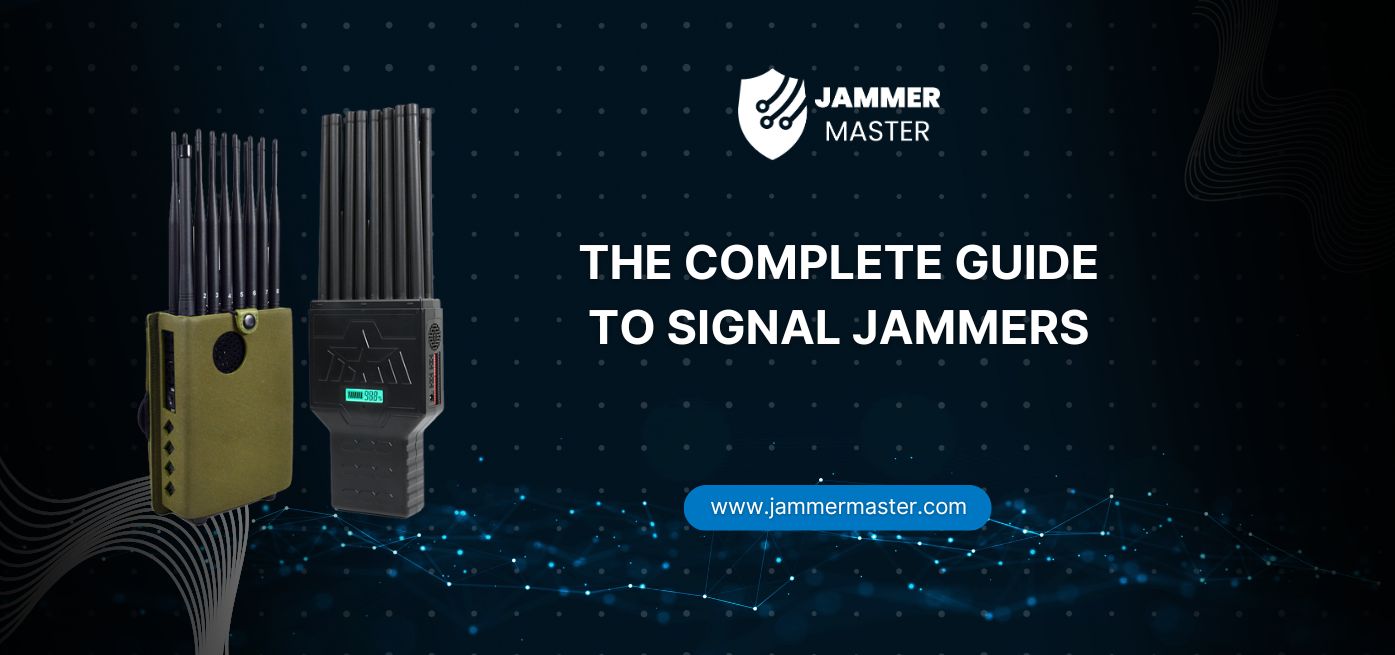
How to Build a GPS Jammer at Your Home
Here’s a step by step guide on how to build your own GPS jammer. Below are the main steps we are going to introduce in

In recent times, clients have sought advice on the installation of signal blockers in exam halls to ensure a disturbance-free environment. However, a concerning issue arises when there are eight base stations within a 300-meter radius of the exam hall. This article explores the challenges faced in deploying signal blockers in such scenarios and proposes alternative solutions to achieve effective signal interference.
Signal blockers, also known as signal jammers, interfere with mobile phone signals by emitting signals in the same frequency range as those transmitted by base stations. While base stations provide service signals to mobile phones, signal blockers emit white noise or interference signals. Within the coverage area of a signal blocker, the interference signal strength surpasses that of the mobile phone signal, rendering the phone unable to recognize the base station’s signal. Consequently, the phone displays “no signal” or “limited service” status.
In the case of an exam hall surrounded by eight base stations within a 300-meter radius, with some stations located within 100 meters of the hall, it becomes evident that traditional methods of signal interference may not be effective. The proximity of the base stations results in strong signals reaching the exam hall, rendering low-power signal blockers ineffective. Even high-power signal blockers have limited coverage and are not cost-effective due to the increased power requirements.
In such scenarios, alternative measures can be taken to achieve signal interference. Cooperation with mobile network operators becomes crucial. Adjusting the transmission power of the base stations or reorienting the antennas away from the exam hall can prevent mobile phones from recognizing the base station signals. Consequently, the phones will be unable to connect to the base stations and receive their services, leading to a display of “no signal” or “limited service” status.
To effectively reduce signal strength within the exam hall, coordination with mobile network operators is essential. This involves adjusting the transmission power and antenna direction of the base stations surrounding the exam hall. Once these adjustments are made, the deployment of signal blockers, including full-frequency signal blockers, can successfully interfere with mobile phone signals, achieving the desired outcome of signal disruption.
In exam halls located in close proximity to multiple base stations, the conventional approach of deploying signal blockers may prove ineffective due to the strong signals emitted by the nearby base stations. However, by coordinating with mobile network operators and adjusting the transmission power and antenna direction of the base stations, it is possible to reduce signal strength within the exam hall. This allows for the successful deployment of signal blockers, including full-frequency signal blockers, to achieve the desired interference with mobile phone signals.
Our frequency checker tool will help you check all frequency bands used in all country.

Here’s a step by step guide on how to build your own GPS jammer. Below are the main steps we are going to introduce in

In today’s digital age, our lives are more connected than ever before. We rely on our smartphones for communication, entertainment, and information. However, with this

Signal jammers are devices that deliberately transmit signals on the same frequencies as telecommunications and GPS devices, such as mobile phones, GPS trackers, and even

Understanding Signal Blocker: How It Works and Its Applications Signal Blockers are devices that can disrupt mobile phone signals, preventing them from connecting to base

The Application and Benefits of High-Power Signal Jammers Enhancing Signal Blocking Efficiency in Various Environments In today’s technologically advanced world, the need for effective signal

Considerations for Purchasing Exam Room Signal Jammers Ensuring Effective Signal Jamming for Exam Integrity As the year approaches its end, many schools are preparing for

The Importance of Monitoring and Signal Interference Measures During Examinations During examination periods, it is crucial to closely monitor the examination venues and their surrounding

Selecting the Appropriate Cell Phone Jammer for Theaters and Auditoriums Overcoming Challenges in Installation and Maximizing Signal Disruption The Importance of Cell Phone Jamming in

Remote Control of Cell Phone Jammers via Smartphone: A Possibility? With the rapid development of the Internet of Things (IoT), numerous smart home devices have

Supplying high quality signal jamming devices since 2010. The only jammer store you can trust.
Jammer Master © 2024. Premium Signal Jammer Supplier Since 2010.